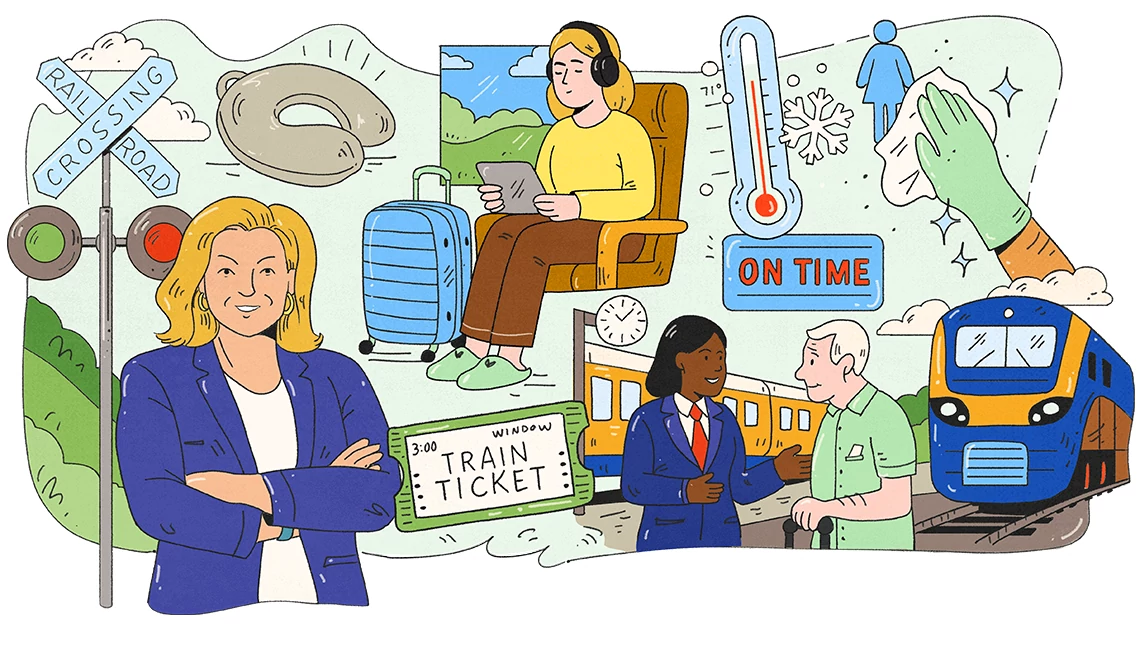AARP Hearing Center
Background
Personal bankruptcy is a legal process for people who cannot pay their debts. Major causes of personal bankruptcies include consumer and medical debts, job loss, or other changes in life circumstances. In 2024, there were 517,308 nonbusiness bankruptcy filings, a 14.2 percent increase over 2023. Bankruptcy is becoming more common among older adults. In 2024, 47 percent of new bankruptcy filings were made by people age 50 and older. In addition, the share of bankruptcy filers age 65 and older more than quadrupled between 2002 and 2022.
Personal bankruptcies are generally filed under Chapter 7 or Chapter 13 of the U.S. Bankruptcy Code. A Chapter 7 bankruptcy allows an individual to discharge unsecured debt after selling unprotected assets to pay creditors. In 2022, 37 percent of filings were under Chapter 13. In a Chapter 13 bankruptcy, individuals seek to restructure their debt so they can catch up on their home mortgage, car loan, or similar secured debt over a period of three to five years, with the goal of restoring their financial stability and keeping their home and other vital possessions. The Bankruptcy Abuse Prevention and Consumer Protection Act (BAPCPA) has made it more difficult to file Chapter 7 bankruptcy. Thus, more debtors must file Chapter 13 bankruptcy and enter into repayment agreements with creditors.
BAPCPA does not address the lack of homestead protection for residents of manufactured housing. This type of housing is more prevalent among groups with lower incomes and older Americans. In fact, BAPCPA seems to exacerbate the hardship. The law also limits the ability of Chapter 13 filers to receive a court-ordered reduction of a mortgage when it is larger than the appraised value of the manufactured home (also known as cramming down). It also removed a bankruptcy judge’s discretion to reduce the petitioner’s indebtedness by the amount of the purchase price of a manufactured home. It required the use of the home’s market value at the time of filing instead. Manufactured homes generally depreciate in value over time (see also Manufactured Housing).
The bankruptcy code does protect certain assets. For example, assets held in qualified retirement plans are entirely safeguarded to ensure that people have adequate income later in life. Retirement plans covered by the Employee Retirement Income Security Act (ERISA) are entirely protected. These are established by an employer, follow Internal Revenue Service guidelines, and are tax-exempt. They include 401(k) plans. $1 million in non-ERISA plans, such as traditional and Roth individual retirement accounts, are protected.
Bankruptcy courts are prohibited from modifying the terms of loans on primary residences. However, loans on vacation homes, investment properties, and yachts may be modified.
BANKRUPTCY: Policy
BANKRUPTCY: Policy
Consumer protections in bankruptcy
Bankruptcy law should increase consumer protections. It should also ensure access, especially for people with low and moderate incomes.
Bankruptcy courts should not be used to enforce unfair or abusive loan terms.
Retirement savings, including individual retirement accounts, must be protected from creditors in bankruptcy.
Federal policymakers should expand the circumstances in which student debt is dischargeable in bankruptcy (see also Bankruptcy treatment of student loan debt).
Bankruptcy courts should be able to modify mortgage loans on primary residences.
Manufactured housing is subject to unique depreciation and loan-rate circumstances. These should be taken into account when calculating debt under bankruptcy law.































































